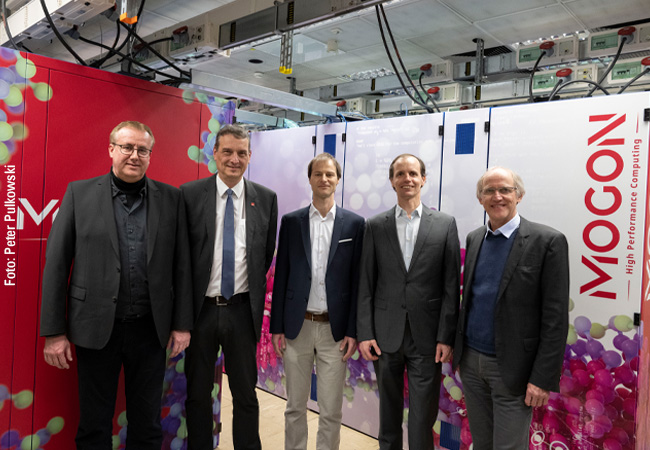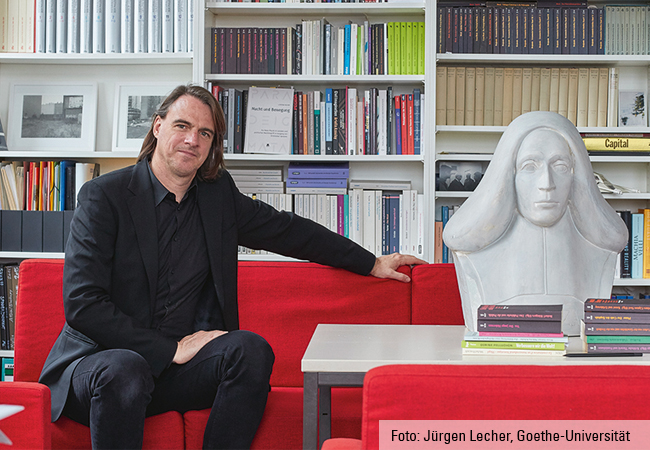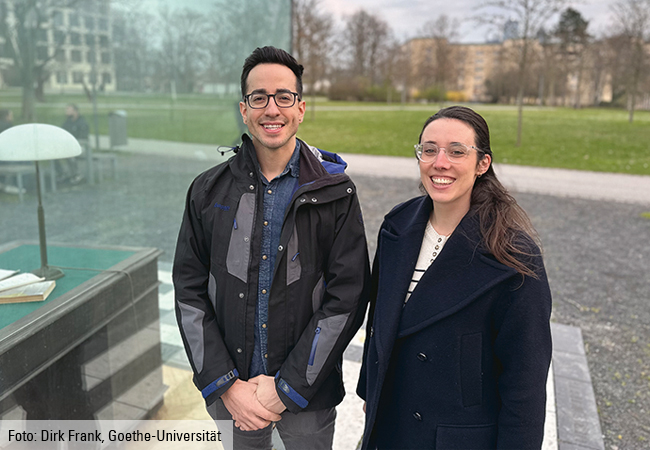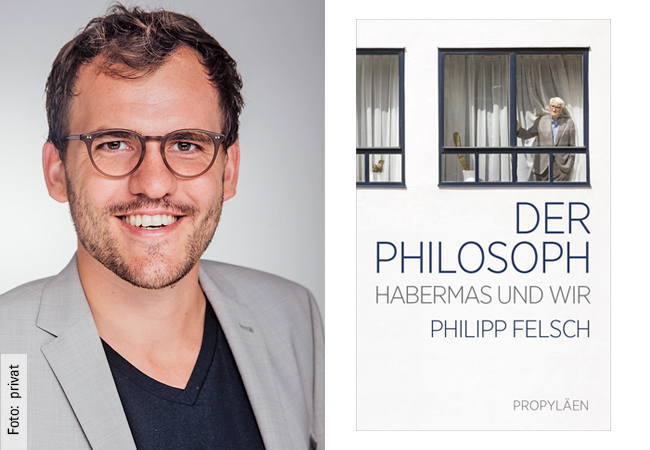In October 2021, the Joint Science Conference of the federal and state governments (Gemeinsame Wissenschaftskonferenz, GWK) decided to include the National High-Performance Computing (NHR) South-West consortium – consisting of Johannes Gutenberg University Mainz, the RPTU Kaiserslautern-Landau technical university of the federal state of Rhineland-Palatinate, Goethe University Frankfurt, and Saarland University – in the National High Performance Computing Alliance (Verbund des Nationalen Hochleistungsrechnen, NHR). With the inauguration of the new high-performance computer MOGON NHR South-West on March 13 at Johannes Gutenberg University Mainz, the alliance has taken another important step in establishing a modern and powerful research infrastructure for National High Performance Computing. The new high-performance computer MOGON NHR South-West will in future enable research groups from across Germany to apply for computing time on the focal areas of high-energy physics, condensed matter physics and life science.

Technical specifications of MOGON NHR South-West
The new high-performance computing cluster (HPC cluster) is available to scientists from all over Germany for complex computing operations and the analysis of large amounts of data. With 590 computing nodes, 75,000 CPU cores and a main memory of 186 TB as well as a file server with 8,000 TB (8 petabytes), data-intensive system and model simulations can be performed in parallel. Two AMD processors (AMD EPYC 7713) are available per node, with 64 cores per processor. Ten computing nodes are equipped with four A100 each for special HPC workloads. The computing nodes are interconnected via an HDR Infiniband network. Above all else, the use of HDR Infiniband, a special network interface standard, offers a very high transmission rate.
To build the new cluster, NHR South-West will receive 7.5 million euros from the federal-state „National High Performance Computing“ funding program. The federal-state program supports computing centers of the so-called level 2, which are high-performance computing centers whose service mission is primarily nationwide. By establishing the NHR, the federal and state governments are jointly promoting and bundling the set-up and expansion of high-performance computing centers within a national network.
High-performance computing for various disciplines
Given the increasingly complex and voluminous data, researchers in a wide range of different disciplines are more dependent than ever on high-performance computers. Nowadays, the answers to more and more research questions, including in medicine, physics or chemistry, can only be determined by using large computing capacities and intelligent applications. That is why, in 2018, the German federal and state governments decided to establish a Germany-wide National High Performance Computing Alliance (NHR) to bundle and further expand the existing strengths of high-performance computing centers in a national network. As a response to rising demand for high-performance computing, the establishment of a coordinated alliance enables university researchers to access the computing capacities they require for their research across Germany, specifically tailored to their needs, regardless of their respective locations. Over the 10-year funding period, a total of 625 million euros will be made available for National High Performance Computing.
Further information on the National Supercomputing Network: https://nhrsw.de/








